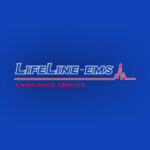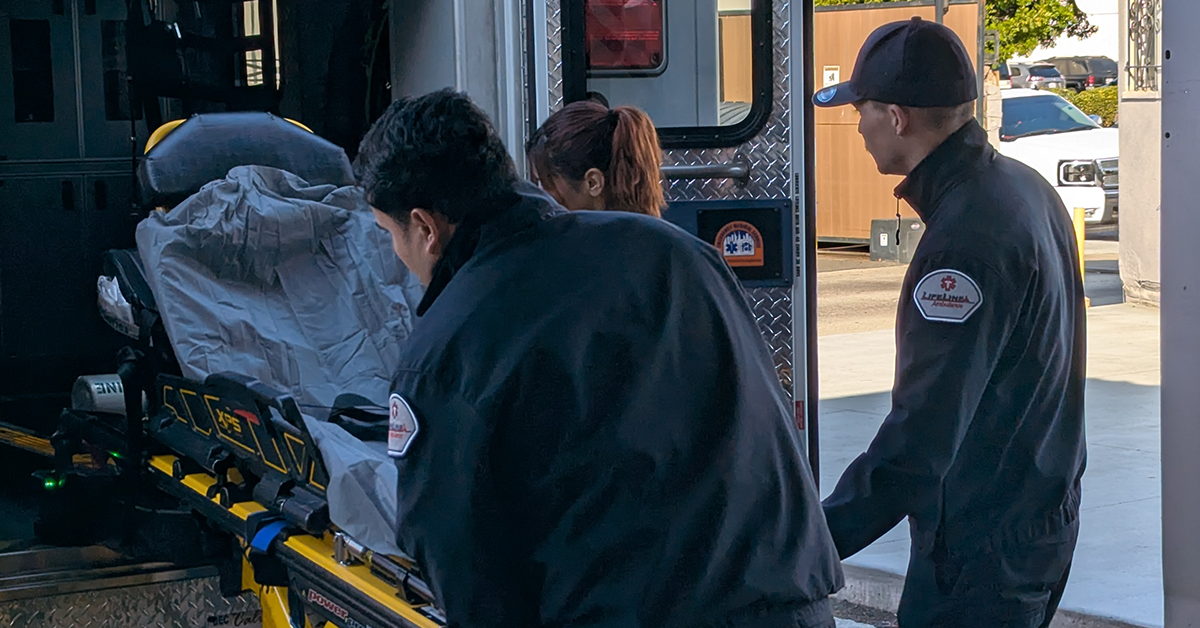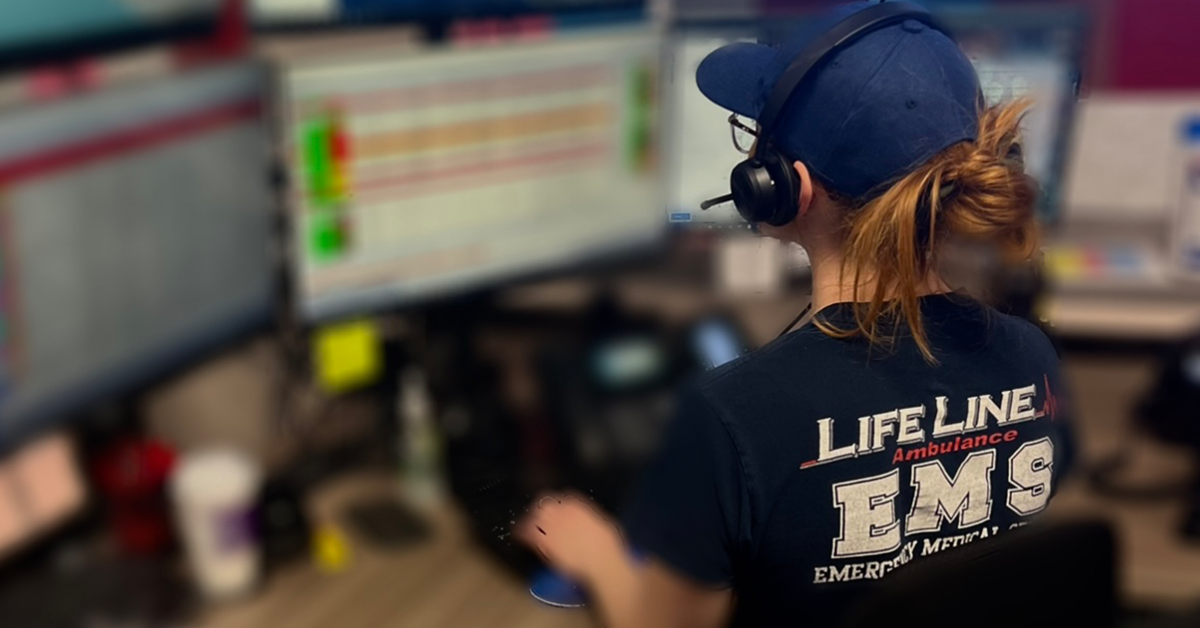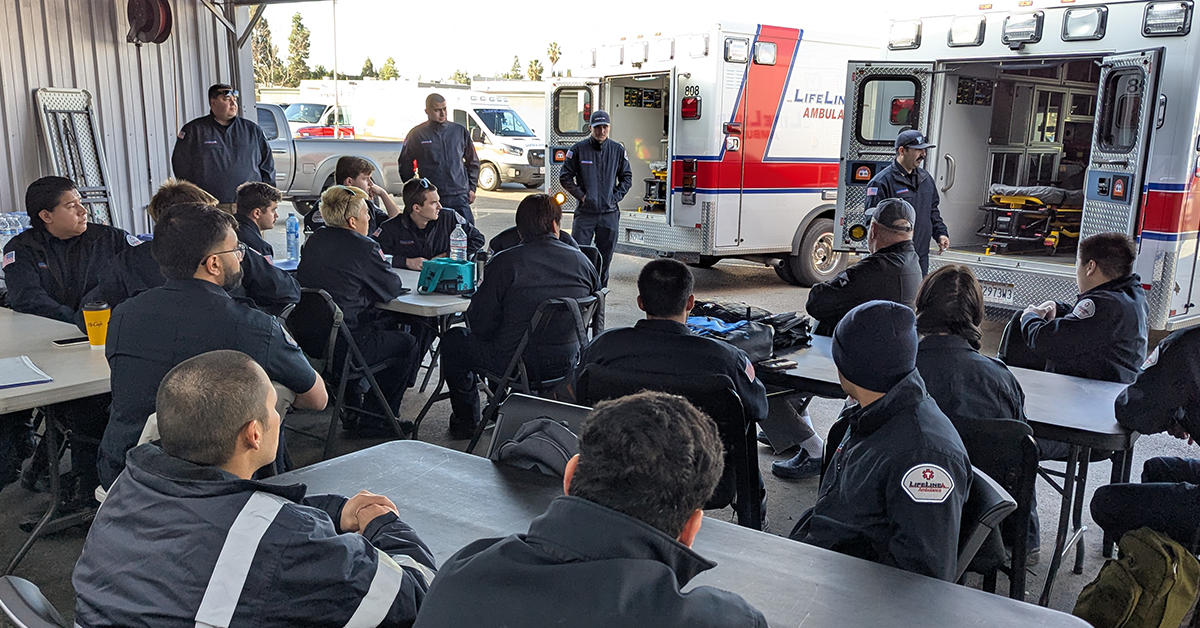Emergency Medical Technicians perform physically demanding tasks daily—lifting patients, carrying heavy equipment, and working long shifts. Maintaining physical fitness is crucial for sustaining energy levels, preventing injuries, and performing job duties effectively. For EMTs in Los Angeles and Southern California, where urban congestion and unpredictable emergencies add extra challenges, being in peak physical condition is even more essential.
This guide explores the best strategies for EMTs to maintain their physical fitness, improve endurance, and build strength to meet the demands of their career.
The Physical Demands of an EMT Career
EMTs face unique physical challenges, including:
- Heavy Lifting: Transporting patients, maneuvering stretchers, and carrying medical gear require strength and stability.
- Prolonged Standing and Walking: Long shifts often involve extended periods of movement, requiring endurance.
- Quick Movements in Tight Spaces: Responding to emergencies in confined areas demands agility and flexibility.
- Stress-Induced Fatigue: The combination of mental and physical stress can lead to exhaustion if not managed properly.
Essential Fitness Components for EMTs
To meet these demands, EMTs should focus on the following fitness areas:
1. Strength Training for Lifting Patients and Equipment
Building muscle strength is essential for safe and effective patient handling. EMTs should incorporate:
- Deadlifts and Squats: Strengthen the lower body and core for better lifting mechanics.
- Overhead Presses: Improve upper body strength for lifting equipment above shoulder level.
- Farmer’s Carries: Enhance grip strength and endurance for holding stretchers and gear.
2. Cardiovascular Endurance for Long Shifts
Good cardiovascular fitness allows EMTs to sustain energy levels throughout long, demanding shifts. Recommended exercises include:
- Running or Jogging: Boosts stamina and cardiovascular efficiency.
- Cycling: Low-impact alternative for building endurance without stressing joints.
- HIIT (High-Intensity Interval Training): Short, intense workouts improve heart health and increase work capacity.
3. Flexibility and Mobility for Quick Movements
Flexibility is essential for reducing injury risk and maintaining agility. EMTs should focus on:
- Dynamic Stretching: Improves range of motion and prepares muscles for action.
- Yoga or Pilates: Enhances core stability, flexibility, and balance.
- Foam Rolling: Reduces muscle tension and promotes recovery after long shifts.
4. Core Stability for Injury Prevention
A strong core supports proper lifting technique and protects the spine. Core exercises include:
- Planks: Strengthen the entire core and improve posture.
- Russian Twists: Enhance rotational strength for maneuvering in tight spaces.
- Hanging Leg Raises: Build lower abdominal strength and stability.
Nutrition for EMTs: Fueling the Body for Demanding Shifts
Proper nutrition is just as important as physical training. EMTs should focus on:
- High-Protein Diet: Supports muscle recovery and energy levels.
- Complex Carbohydrates: Provides sustained energy for long shifts.
- Hydration: Drinking enough water prevents dehydration and maintains focus.
- Meal Prepping: Helps avoid unhealthy fast food choices during shifts.
Sleep and Recovery: The Unsung Heroes of Fitness
Shift work can disrupt sleep patterns, making recovery challenging. EMTs should prioritize:
- Consistent Sleep Schedule: Aim for 7-9 hours of rest, even on irregular shifts.
- Power Naps: Short naps during breaks can boost alertness and energy.
- Active Recovery: Light stretching, walking, and massage therapy help maintain muscle health.
Mental Wellness: Staying Fit Beyond the Physical
A strong mind is just as important as a strong body. To manage stress and maintain resilience, EMTs should:
- Practice Mindfulness and Meditation: Helps process stressful calls and maintain mental clarity.
- Seek Peer Support: Talking with colleagues can ease the emotional burden of difficult situations.
- Engage in Recreational Activities: Hobbies and downtime help prevent burnout.
Adapting Fitness for Los Angeles and Southern California EMTs
The dynamic environment of Los Angeles and Southern California presents unique challenges for EMTs, including:
- Urban Terrain: Running stairs, navigating uneven pavement, and maneuvering through traffic require functional fitness.
- Heat and Weather Conditions: Outdoor fitness should account for hydration needs and heat safety.
- Traffic and Time Constraints: Workouts must be efficient, utilizing bodyweight exercises when access to a gym is limited.
Keep Reading
Want more? Here are some other blog posts you might be interested in.
In the high-stakes world of emergency medical services, clear and effective communication can mean the difference between life and death. EMS professionals...
Emergency Medical Services is an ever-evolving field that requires constant learning and adaptation. With medical advancements, technological innovations, and increasing public health...
Emergency Medical Services s a high-stress, physically demanding profession that requires dedication, quick decision-making, and resilience. While the rewards of saving lives...






